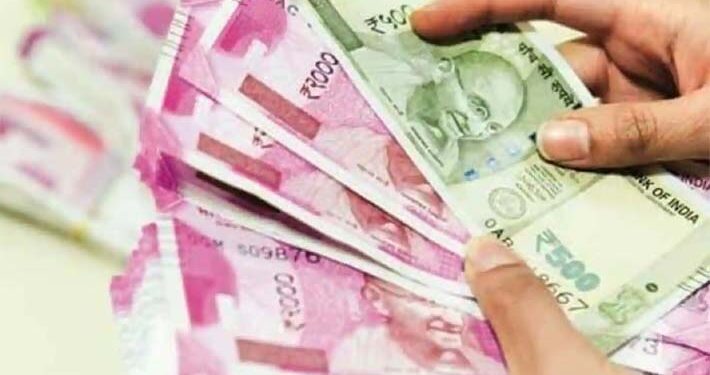- Farmers eligible for assistance can apply through the ‘Digital Gujarat Portal’ before the deadline of October 31, 2023
- Due to last week’s water release from the Sardar Sarovar dam and the torrential rains in the higher reaches of the Narmada, several areas in Gujarat were submerged
- Congress has calls it a “man-made disaster” and demands an investigation by a special investigation team
NE NEWS SERVICE
GANDHINAGAR, SEPT 24
The Gujarat government has, on Saturday, announced a relief package for farmers affected by flooding in Bharuch, Narmada, and Vadodara districts caused by the overflowing of Narmada river between September 16 and September 18.
The relief package aims to assist farmers who have suffered substantial crop losses during the 2023-24 kharif season in the affected villages.
ભરૂચમાં તારાજી સર્જ્યા પછી સદંતર જૂઠાણું વાદળ ફાટ્યાંનુ કહેતા સરકારને શરમ પણ નથી આવતી ? હવામાન ખાતું પોતેજ સ્વીકારે છે કે નર્મદાના ઉપરવાસમાં કોઇ વાદળ ફાટેલ નહોતું . સાભાર : સંદેશ pic.twitter.com/sLhS0HkkeU
— Gujarat Congress (@INCGujarat) September 22, 2023
The officials said that the assistance will vary based on the type of crops and irrigation methods used, added officials mentioned above. Farmers eligible for assistance can apply through the ‘Digital Gujarat Portal’ before the deadline of October 31, 2023.
The government’s decision to provide a special relief package is based on a report estimating the damages suffered by standing crops in the three districts. In addition to the State Disaster Response Fund (SDRF), funds from the state budget will be allocated to support farmers against their losses.
To be eligible for the relief package, farmers “must have incurred a loss of 33% or more” of their agricultural and horticultural crops during the kharif season of 2023-24. This assistance will be available to farmers in villages declared as affected by the district administration, with a maximum cap of two hectares, said officials.
For non-irrigated crops, affected farmers will receive a relief package of Rs.8,500 per hectare, following the SDRF norms. In the case of irrigated agriculture and rainfed horticulture crops, they will receive Rs.8,000 in addition to Rs.17,000 per hectare, as per SDRF norms.
Perennial crops will receive assistance of Rs.15,000 per hectare, in addition to the Rs.22,500 provided as per SDRF norms. Similarly, for perennial horticultural crops with 33% or more damage per hectare, farmers will be eligible for assistance of Rs.1,02,500, along with Rs.22,500 paid as per SDRF norms.
The aid will be provided through direct benefit transfers into the beneficiaries’ bank accounts.
These floods, attributed to heavy rains in the upper Narmada region and the release of water from the Sardar Sarovar dam, have led to significant floods in Gujarat. The opposition Congress party has called it a “man-made disaster” and urged for a special investigation into dam management, alongside support for affected individuals.
Congress has called it a “man-made disaster” and demanded an investigation by a special investigation team (SIT). Brackish Water Research Centre, which has been operating in the state since 2003, has even written a letter to Chief Minister Bhupendra Patel.
The opposition Congress claims that the BJP government refused to release water from the dam when farmers needed it, instead stored it to the point where the reservoir overflowed on September 17, Prime Minister Narendra Modi’s birthday.
However, the Gujarat government asserts that a “cloud burst” between the Indira Sagar Project (ISP) and the Sardar Sarovar Project (SSP) caused “flash floods.”










